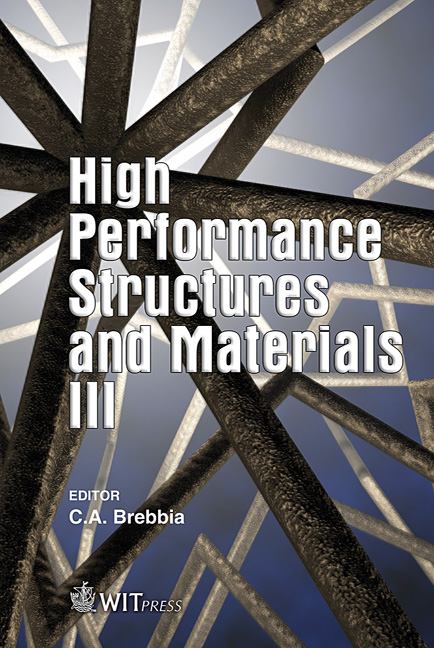High Performance Fibres And The Mechanical Attributes Of Cut Resistant Structures Made Therewith
Price
Free (open access)
Transaction
Volume
85
Pages
21
Published
2006
Size
2,206 kb
Paper DOI
10.2495/HPSM060281
Copyright
WIT Press
Author(s)
S. Rebouillat & B. Steffenino
Abstract
High performance materials are rarely used as 100% compound, therefore most of the time when reference is made to these categories of materials it is as a matter of fact a reference to a system comprising a well-combined ingredients exhibiting together high performances in use. Fibres, micro-fibres and now nanofibres are definitely part of the high performance reinforcing ingredients, which in a system largely contributes to the performance in use of the designed system. High performance fibres, and more specifically aramids for their outstanding heat and mechanical properties, although most often used as reinforcing compound, are also used more uniquely and directly in situations where mechanical and thermal protections are required. It is therefore useful as a preliminary grounding to review these types of materials in terms of their properties. Then their attributes and potential contribution alone or in a system become more specific and can be extrapolated more easily. The mechanical performance and more specifically the cut resistance of articles made of high performance materials are generally measured against several norm specifications. Those are not designed to predict the \“real” in use performance of the considered protective articles. This gap is even larger when the cut resistance of the compounding fibre increases. Although relationships exist between the various cut performance levels obtained with the ASTM, ISO and EN norms (respectively American, International and European standards), there is a need for a more fundamental understanding and interpretation of the data. The ASTM and ISO approaches remain the most suitable methods for that purpose. Various parameters, such as the high performance material and fibre composition, the effect of kinetic such as the cutting speed and the speed profile, the force distributions, the artefacts generated by various surface coatings are presented and discussed aiming at improving the interpretations of the data generated through the norm procedures. Therewith, significant progress in the understanding of the cut fundamentals and the norm harmonization are made available to the users of high performance fibres, such as KEVLAR®. Keywords: high performance materials and fibres, textile structures, coated textile materials, mechanical protection, cut mechanism, cut fundamentals, KEVLAR®.
Keywords
high performance materials and fibres, textile structures, coated textile materials, mechanical protection, cut mechanism, cut fundamentals, KEVLAR®.





